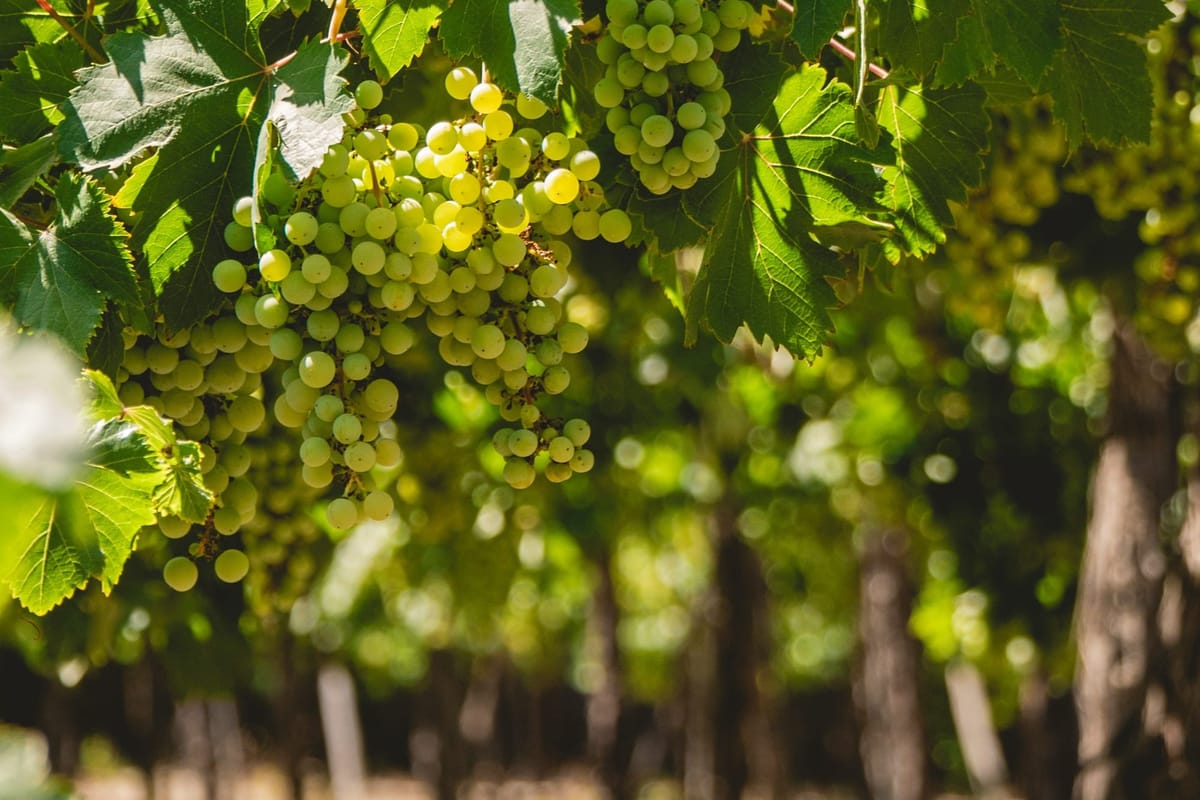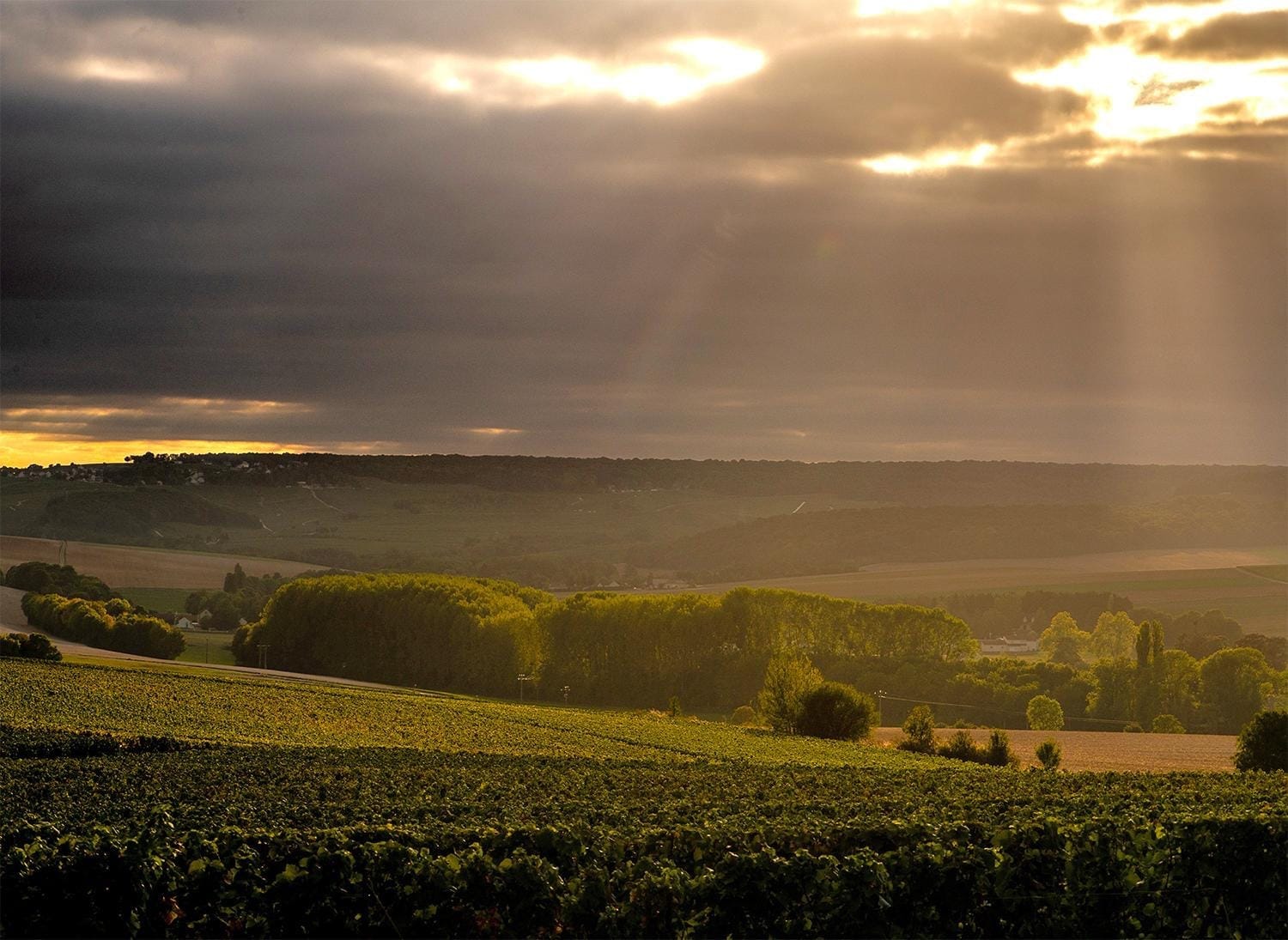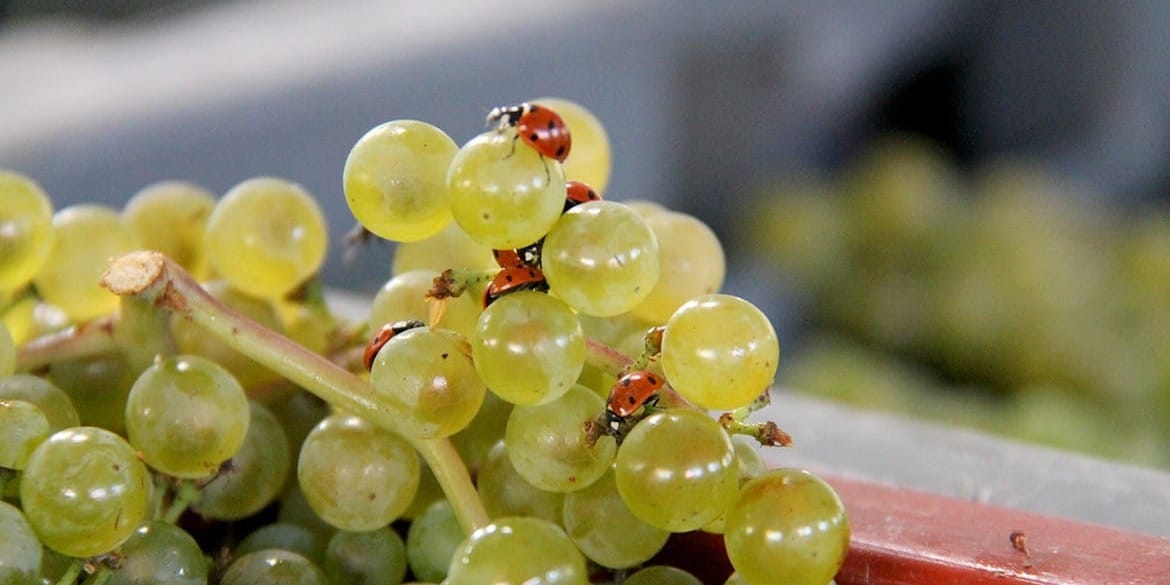
There is no other wine region in France in which the mass-produced wine is considered ‘the good stuff,’” Chris Putnam says. The expert distributor and I were talking about Champagne, a region dominated by wine professionals called negociants, whose main job is to negotiate the sale of grapes to large Champagne houses — as those houses don’t grow enough of their own grapes to create the massive supply to which we in the U.S. are accustomed.
For the wine lover who seeks quality and exclusivity, Grower Champagne is a category designed to showcase small production wineries where the family who grows the grapes also makes the wine, thus the name. For Americans, the category wasn’t available until the mid-1970s when J. Lassalle arrived in the U.S. It would be another 20 years before Oklahoma got its first shipment.

Serious wine drinkers eventually discover French wines, and they learn what generations of oenophiles have come to understand while drinking their way through wine-growing regions: No one does it better than France. It’s the international standard in wine—sorry, Italy—and much of its reputation was built on family owned, beautifully crafted, small production wineries. For those wineries, case production usually runs in the lower thousands, but for Champagne, some of the most popular brands produce as many as 1.5 million cases per year, making them the “critter label” offerings of France.
“(Wine critic) Robert Parker once wrote that he’d been in restaurants and bars all over the world, and he was mystified as to how Dom Perignon could be in every restaurant,” Putnam says. “I remember when Irma’s kept a couple of bottles in stock. Nothing wrong with Irma’s, but if a burger joint has Champagne, you have to wonder at the production levels.”
For the record, Dom Perignon, a brand of Moet & Chandon, produces about one million bottles or more in the years in which it’s made. Compare that with the more popular if less prestigious Veuve Clicquot, which produces roughly 18 million bottles per year, of which 4.8 million bottles make their way to the U.S. Not exactly the numbers we associate with exclusivity. Again, compare those numbers to an accessible, affordable, delicious Grower brand like L. Aubry Fils at about 144,000 bottles, or a slightly pricier Marc Hebrart at 70,000 bottles.
But does production size matter? When Alex Kroblin first added Grower Champagne to his Thirst Wine Merchants portfolio in 2014, he did brown-bag, blind tastings in Oklahoma City and Tulsa. I was invited to one of these, and as someone who had been writing about wine for nearly a decade at that point, I felt the anxiety at having to blind-taste a new product against some of the more prestigious brands in the category. The nicest way to say it is that it was glaringly obvious which of the bottles were Grower Champagne and which were big house versions.
Those tastings were instrumental in a broader acceptance of the style. To Kroblin’s credit, while he wasn’t the one who first brought the style to Oklahoma—that was Tulsa’s Fred Parkhill in about 1995—he was the one who created a wider awareness of Grower Champagne, much as he did for Washington State red wines using the same tactic of brown-bagging them in blind tastings against Napa. (Washington won easily.)
Certified sommelier and wine sales rep Ian Clarke started selling Grower Champagnes when he worked for Putnam Wines, and he’s still selling them for Revolution Wholesale. He says, “Not only do Grower Champagne wineries produce significantly less wine than the big Maisons — which is almost always a good thing — they tend to focus on the same things as the great producers of Burgundy and Rhône, most notably terroir and craftsmanship. Growers feature complexity and individuality, whereas the big houses focus on a familiar house style.”
Why is Grower better? Kroblin’s tastings drove the point home: They just taste better. Yes, you will still get the toasty, yeasty notes familiar to Champagne drinkers, but you won’t have your palate crushed by sulfur, which the big houses use in abundance as a preservative, and you will taste fruit, lots of fruit. Side by side in the tastings, the big houses taste like burnt matches compared to the burst of fresh apples from the Grower offerings.
Combined with Clarke’s comments, you get the gist: Grower Champagne aims to taste like a product that began as fruit that was grown in a very specific place, so the taste of that place comes through.
In terms of finding these bubbles in your local stores, good wine shops will always have some on hand; think of places like Freeman’s, Spirit Shop, Edmond Wine Shop and George’s in the OKC metro; and Old Village, Parkhill’s, Parkhill’s South and Ranch Acres in the Tulsa metro.
The bottle will have a small RM on the label—very small; it’s the boozy version of Where’s Waldo, but it’s there—which stands for Récoltant Manipulant. No RM, not a Grower, though there are interesting exceptions. The brilliant and delicious Billecart-Salmon is roughly 80% Grower, but since some grapes are purchased from other wineries, they can’t use the RM. Good wine shops will know, though, so you need not reach for the reading glasses to find the clue.
To get you started, we’ve created a Luxiere List of bottles we highly recommend in multiple price points. •

The Luxiere List: Grower Champagne
Domaine Jean Vesselle Grand Cru Blanc de Blancs
Berries and apples, round, easy to like and an excellent intro to the style.
L. Aubry Fils 1er Cru Brut
Very complex for the price, with red fruit, herbs, toast and lively acid.
J. Lassalle Brut
Weird to call Champagne fun, but this one is, with orchard fruit, berries and some citrus on the finish. It’s also a blend of all three Champagne grapes.
Domaine Michel Turgy Grand Cru Reserve
Very floral, but not in a “grandma’s sachet” kind of way, and an interesting mixture of toasty, briny and yeasty. It’s a serious wine.
Marc Hebrart 1er Cru Brut
Another stellar introduction to the style, featuring orchard fruit, red berries and a nutty rather than toasty component.
Pierre Peters Grand Cru Reserve
Outside of Burgundy, this is what Chardonnay should taste like. This one is 100% Chard, with a very traditional flavor profile that makes the transition from big house to Grower a little more familiar.
J. Lassalle Cuvee Angeline
An absolute stunner. Full, rich, beautiful. I would drink this every day.
Pehu-Simonet Face Nord Brut Grand Cru
Majority Pinot Noir for an aggressively delicious mouthful of red fruit, black fruit, tea and just enough floral notes to keep it balanced.
Paul Bara Rose
The first Grower Champagne I truly loved, and one I still seek out. This one has the somewhat rare addition of Bouzy Rouge, still Pinot Noir produced in Champagne. It leads to a punchy, red-fruit-and-flowers masterpiece.
Larmandier-Bernier “Latitude” Extra Brut 1er Cru
This one is all Chardonnay too, but it’s bracing and clean, with lemon, citrus zest and toast. This wine was made for seafood.

